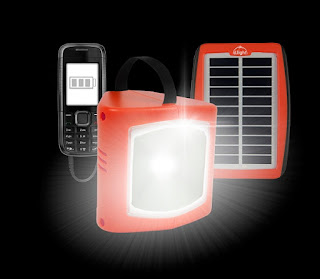Making Power Personal: Sustainably Lighting Homes in Developing Countries

Communities worldwide are suffering from an insufficient power industry. Power-grids are the acclaimed resource for community, business, and home electricity. However, the costs to build and maintain these power-grids in developing countries and rural communities are astronomical, requiring billions of dollars every year to remain operational with not enough results. Rural and developing communities benefit from basic power resources, such as lights and multifunction power systems. Solar power offers the same benefits and more advantages than power grids, now less-expensive than ever, incredibly reliable, and significantly better for the environment. Solar powered lights alone can make a dent in significant world issues other than electricity. Developing communities that are off the power grid but use solar power benefit from economic, academic, and social empowerment. Shown t hrough a survey from Santa Clara University’s Miller Center for Social Entrepreneurship, ...
